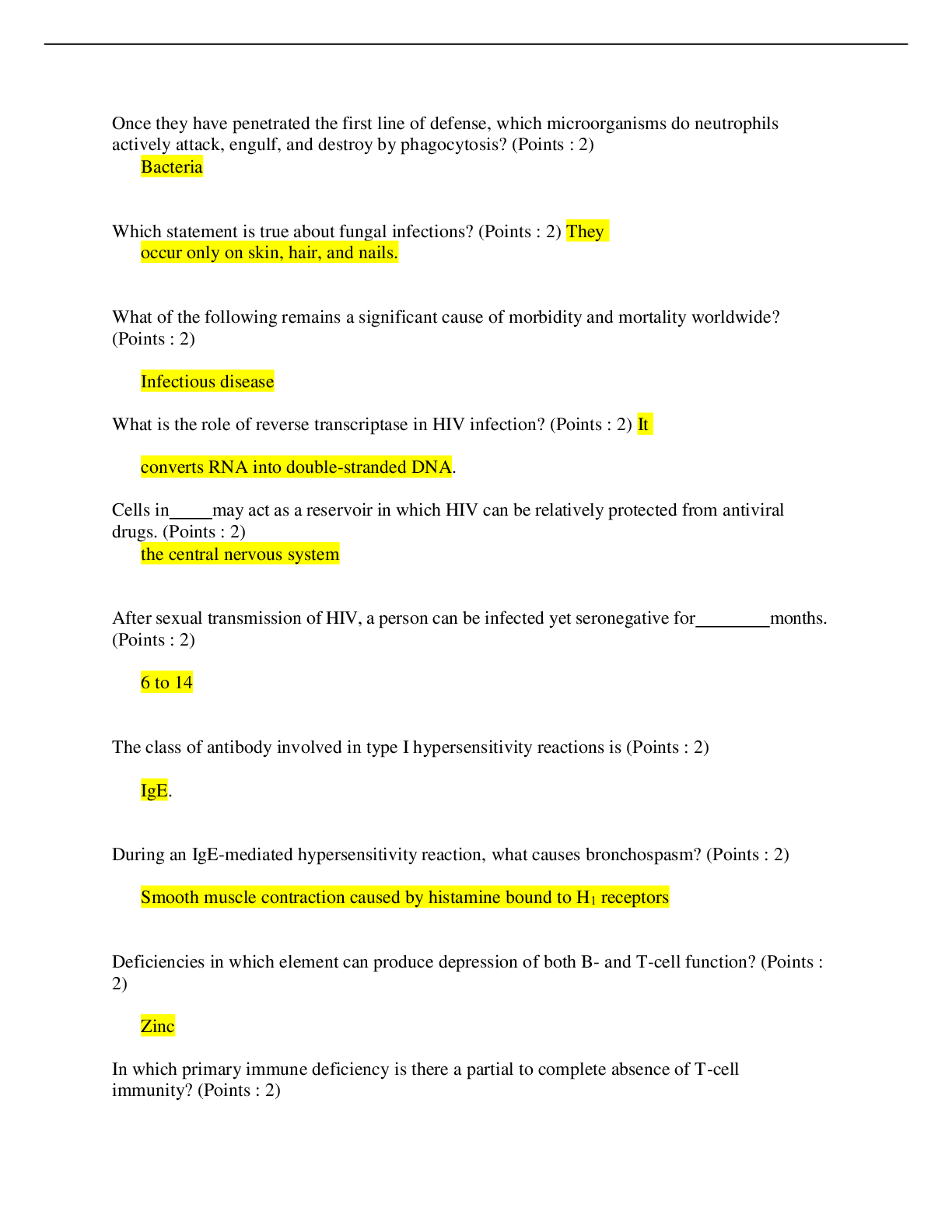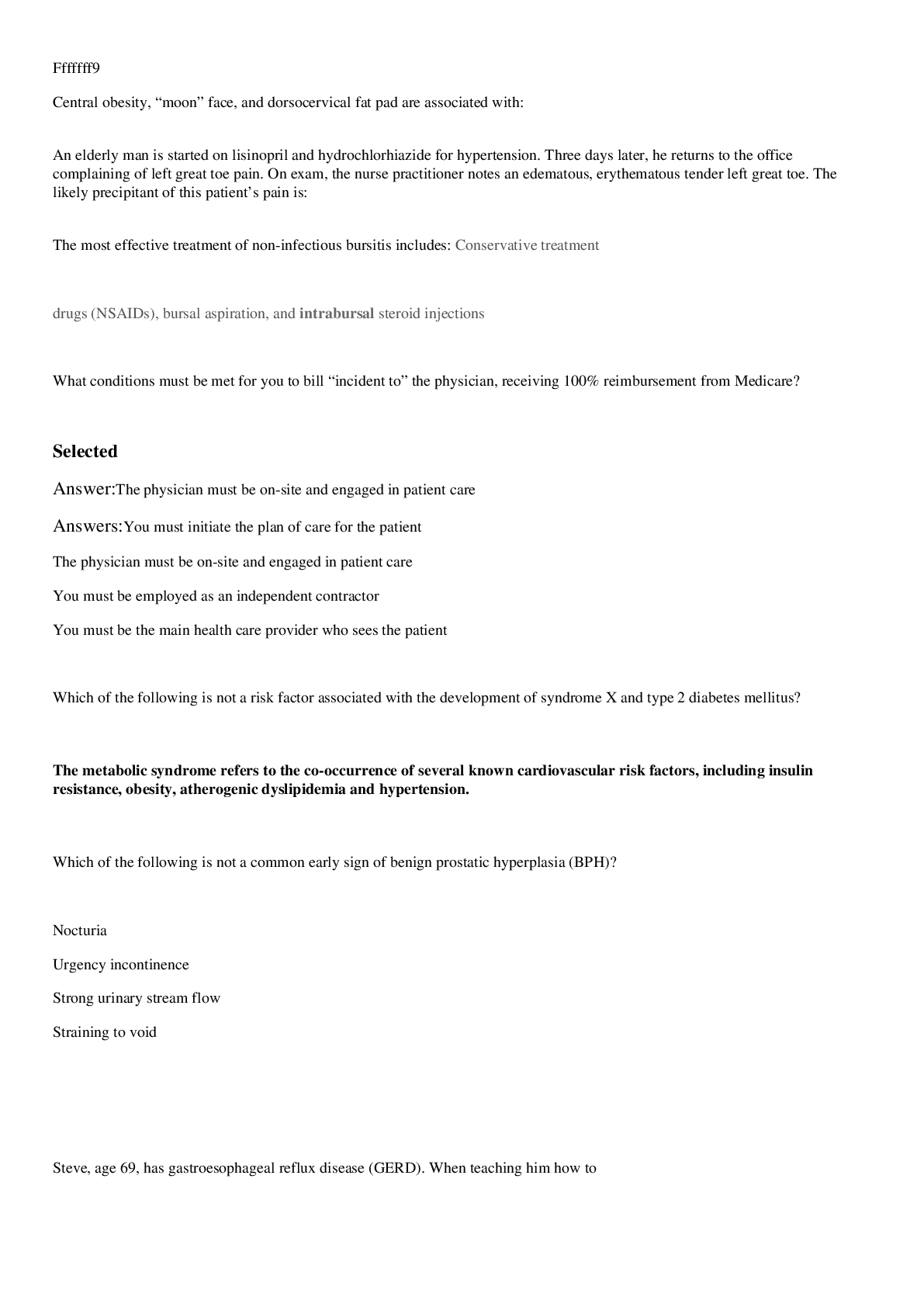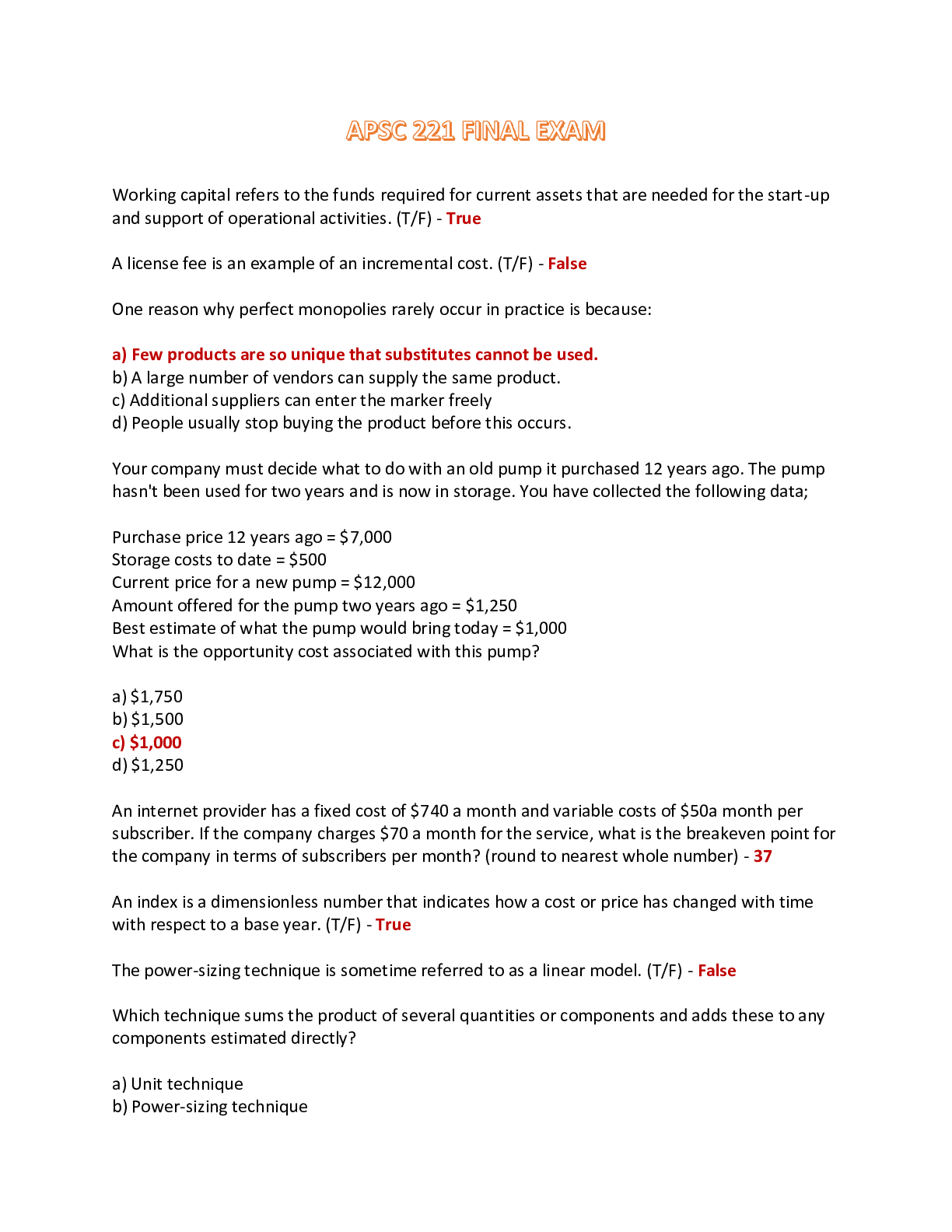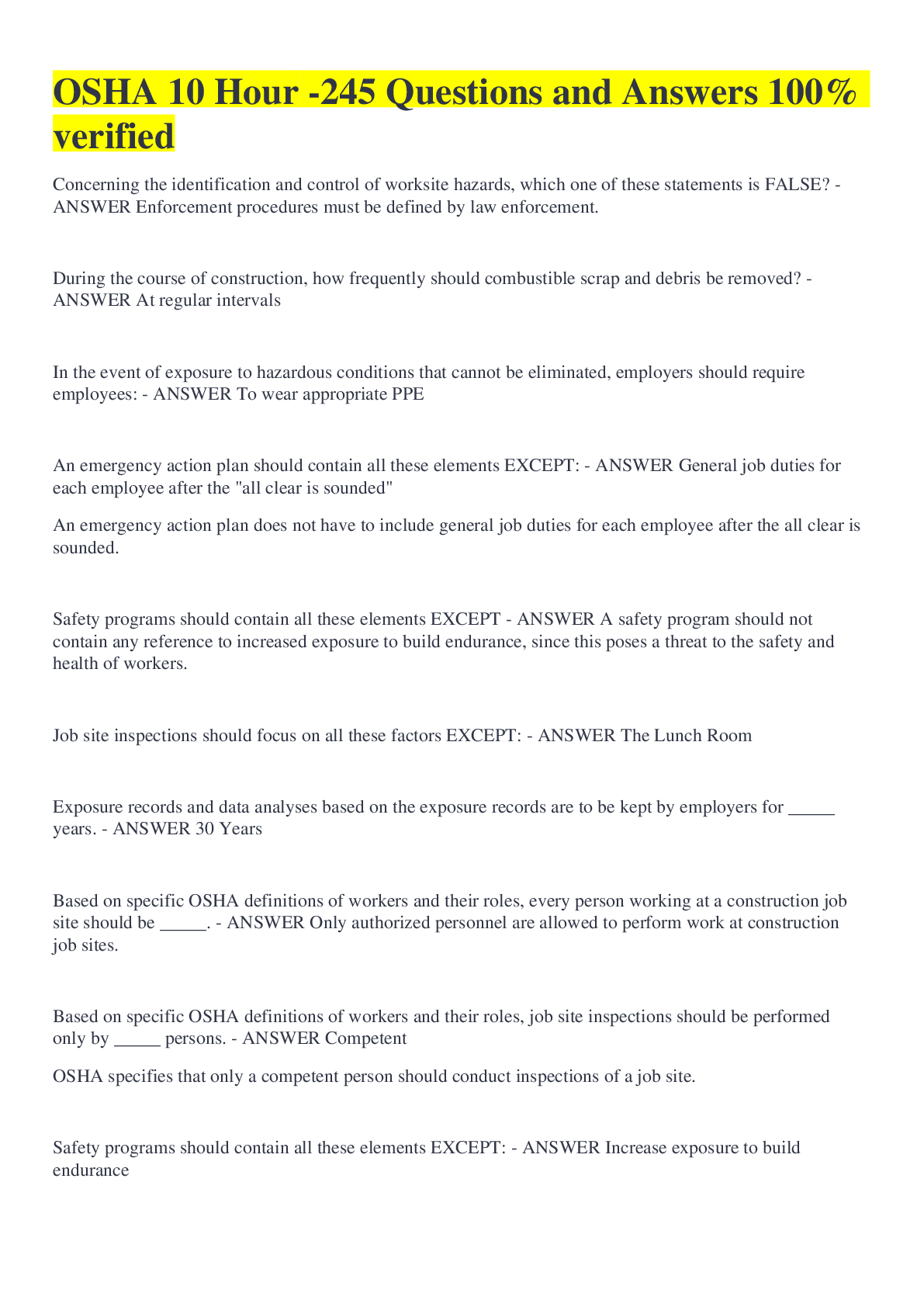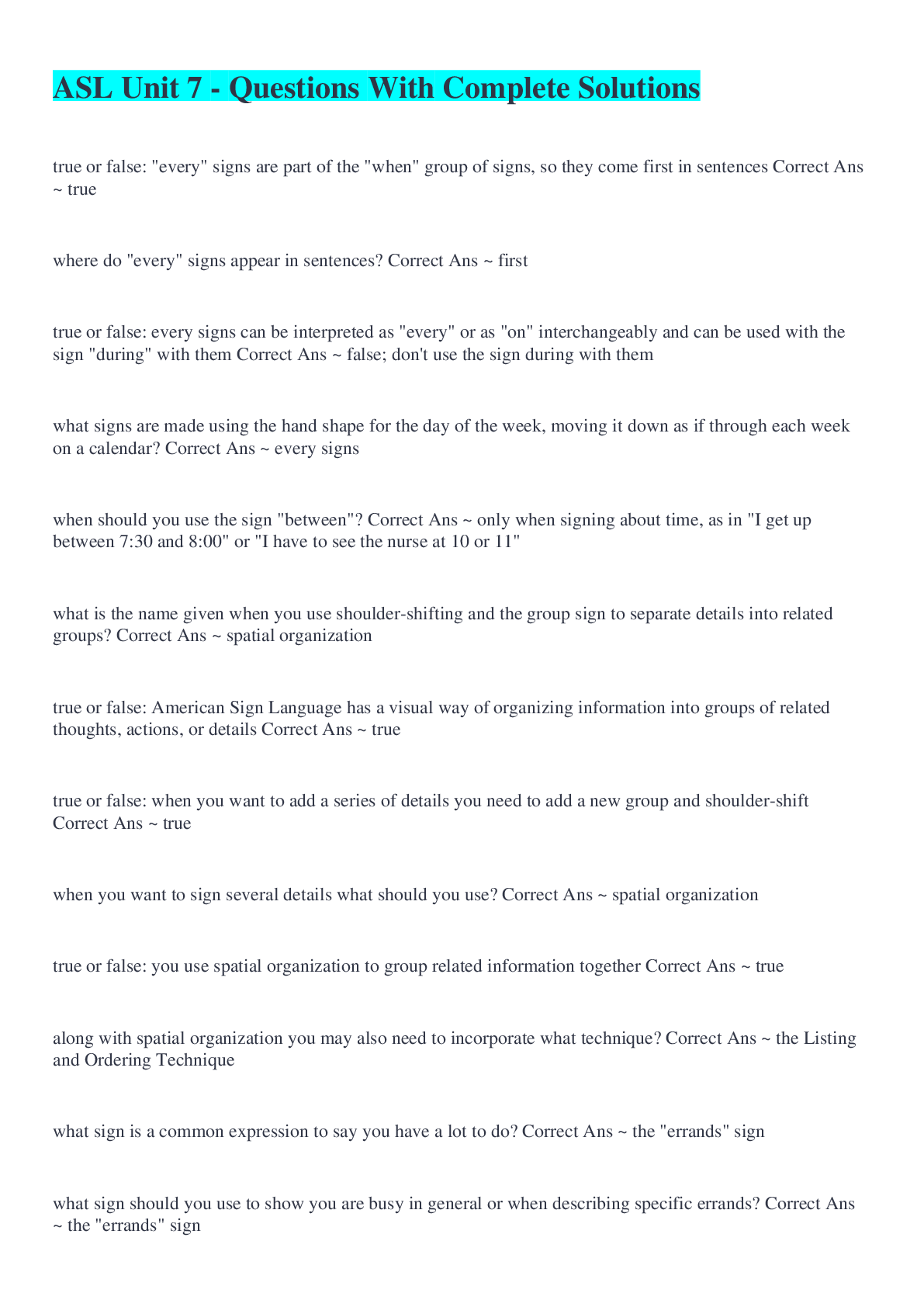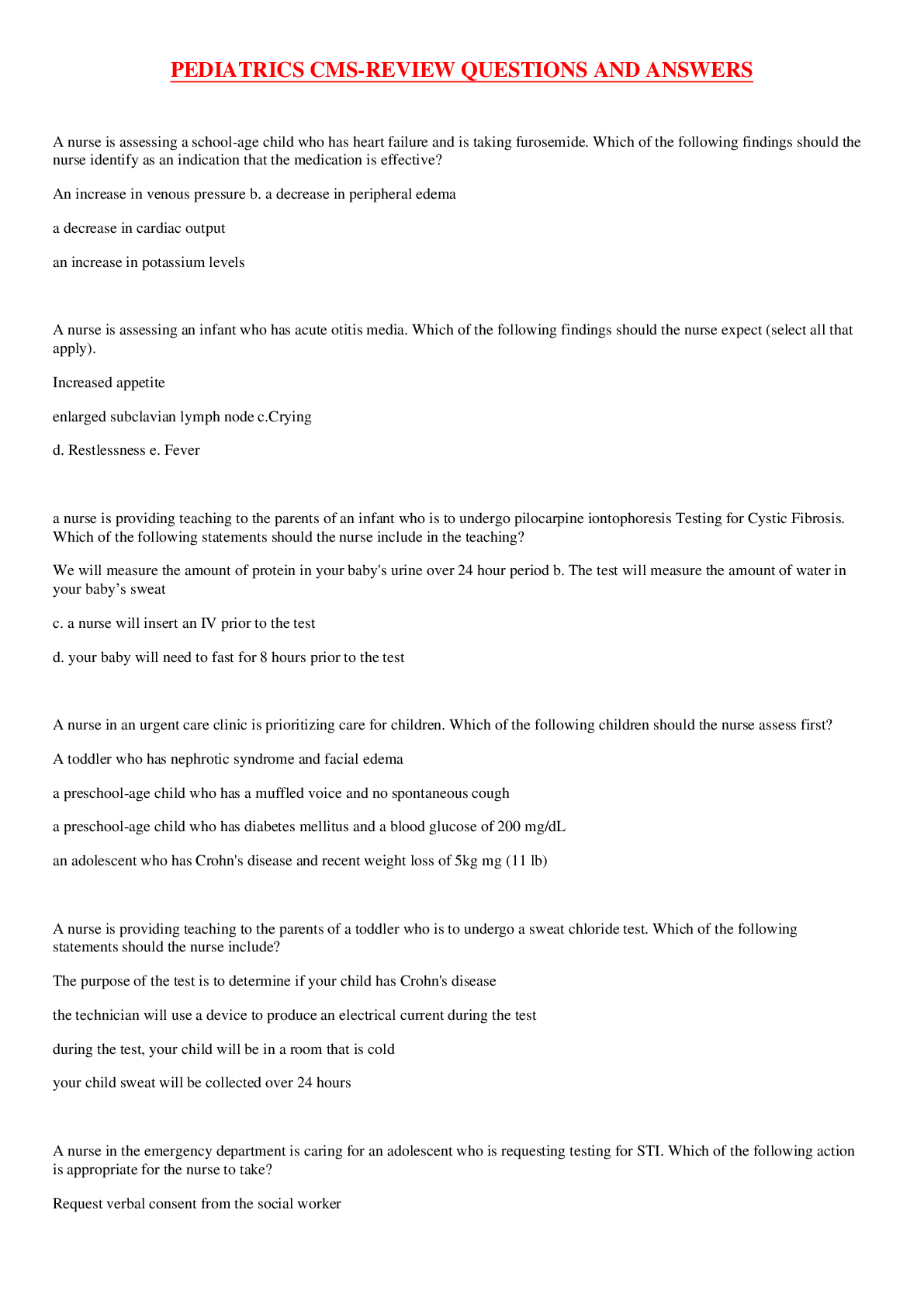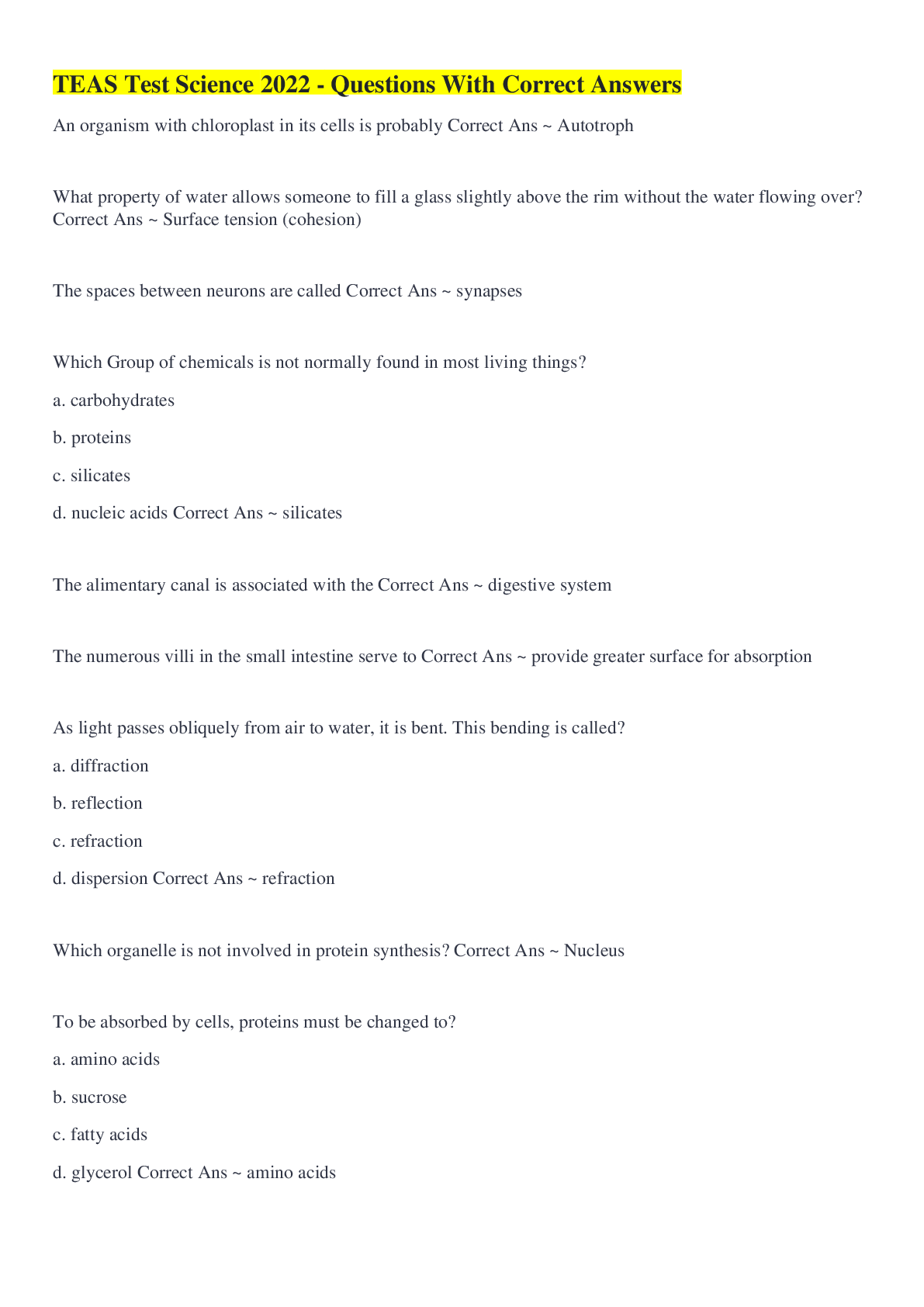Linguistics > EXAM > TESOL Praxis II Practice Test - Questions with Verified Answers (All)
TESOL Praxis II Practice Test - Questions with Verified Answers
Document Content and Description Below
TESOL Praxis II Practice Test - Questions with Verified Answers Formative assessment Assessment during instruction. Ongoing assessment that checks for understanding while teaching and learning are s... till happening. Ex: Observations, discussions, questioning, exit cards, peer and self-assessment. Standardized assessment Any form of test that (1) requires all test takers to answer the same questions, and (2) is scored in a consistent manner. Ex: Multiple-choice test Performance assessment It is the application of knowledge, skills, and work habits through the performance of tasks that are meaningful and engaging to students. EX: demonstrating proficiency in using a piece of equipment; developing athletic skills; playing musical instruments; building models; writing essays; oral presentations; Authentic task This requires the student to use knowledge or skills to produce a product or complete a performance Diagnostic assessment Assessment before instruction. Assessment of students' knowledge and skills prior to beginning a learning segment. Ex: Pretest Summative assessment Traditional assessment after instruction. Ex: standardized assessments Norm-referenced assessment Assessment that reports how students performed compared to students who have already taken the exam. Diphthong two adjacent vowels in one word. Realia Objects or materials from everyday life. Minimal pairs Words that differ in only one phonological element. Ex: let and lit Chronemics A subcategory of nonverbal communication; the study of the role of time in communication. Includes rate of speech and perceptions of time. Homophone a word that is pronounced the same as another word but differs in meaning, and may differ in spelling. Title VI of the Civil Rights Act of 1964 prohibits discrimination on the basis of race, color, and national origin in programs and activities receiving federal financial assistance. Connected speech Spoken language that's used in a continuous sequence. Metathesis the transposition of sounds or letters in a word. Ex: Aks and Ask Epenthesis the addition of one or more sounds to a word. Ex: Drawring and Drawing, Athalete and Athlete Flapping A process that modifies the sounds of some words in English. Ex: Budder for Butter; Winner for Winter Devoicing when a voiced consonant becomes voiceless Consonant voicing when a voiceless consonant becomes voiced Collectivist culture such as those of China, Korea, and Japan, emphasize family and work group goals above individual needs or desires. Inductive reasoning reasoning that derives general principles from specific observations, suggests truth but does not prove it. Deductive reasoning process of reasoning from one or more statements to reach a logically certain conclusion Foreigner talk simplified kind of language used by many native speakers with foreigners who cannot speak their language Circumlocution the use of many words where fewer would do, especially in a deliberate attempt to be vague or evasive Communicative Language Teaching / The Communicative Approach an approach to language teaching that emphasizes interaction as both the means and ultimate goal. Pidginization a linguistic process that occurs when people who do not speak the same language come into contact. It involves simplifying the contacting language and exploiting linguistic commonalities. Fossilization Refers to the process in which incorrect language becomes a habit in ESL students and cannot easily be corrected. Stephen Krashen linguist and educator who proposed the Monitor Model. The Monitor Model a theory of second language acquisition including Five hypotheses: acquisition-learning, natural order, monitor, input, affective filter. Input hypothesis second language learners require comprehensible input (i+1) slightly beyond their current understanding to progress. Suggestopedia a teaching method that applied positive suggestion in teaching; Atmosphere in classroom is vital to make "students feel comfortable and confident"; various techniques, including art and music, are used by the trained teachers. Total Physical Response a language teaching method developed by James Asher based on the coordination of language and physical movement. [Show More]
Last updated: 2 weeks ago
Preview 3 out of 8 pages
Instant download

Loading document previews ...
Buy this document to get the full access instantly
Instant Download Access after purchase
Add to cartInstant download
Reviews( 0 )
Document information
Connected school, study & course
About the document
Uploaded On
Jun 05, 2024
Number of pages
8
Written in
Additional information
This document has been written for:
Uploaded
Jun 05, 2024
Downloads
0
Views
8



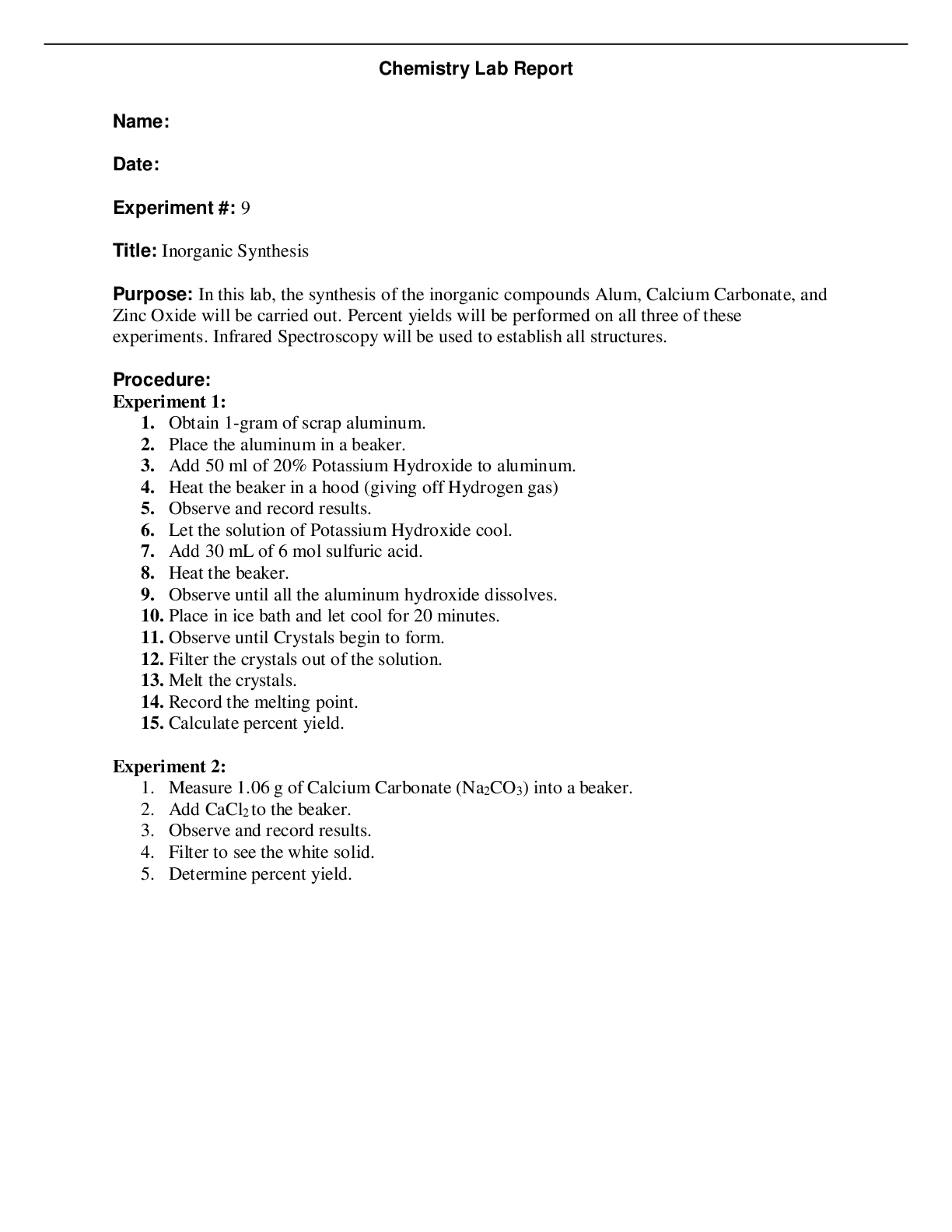
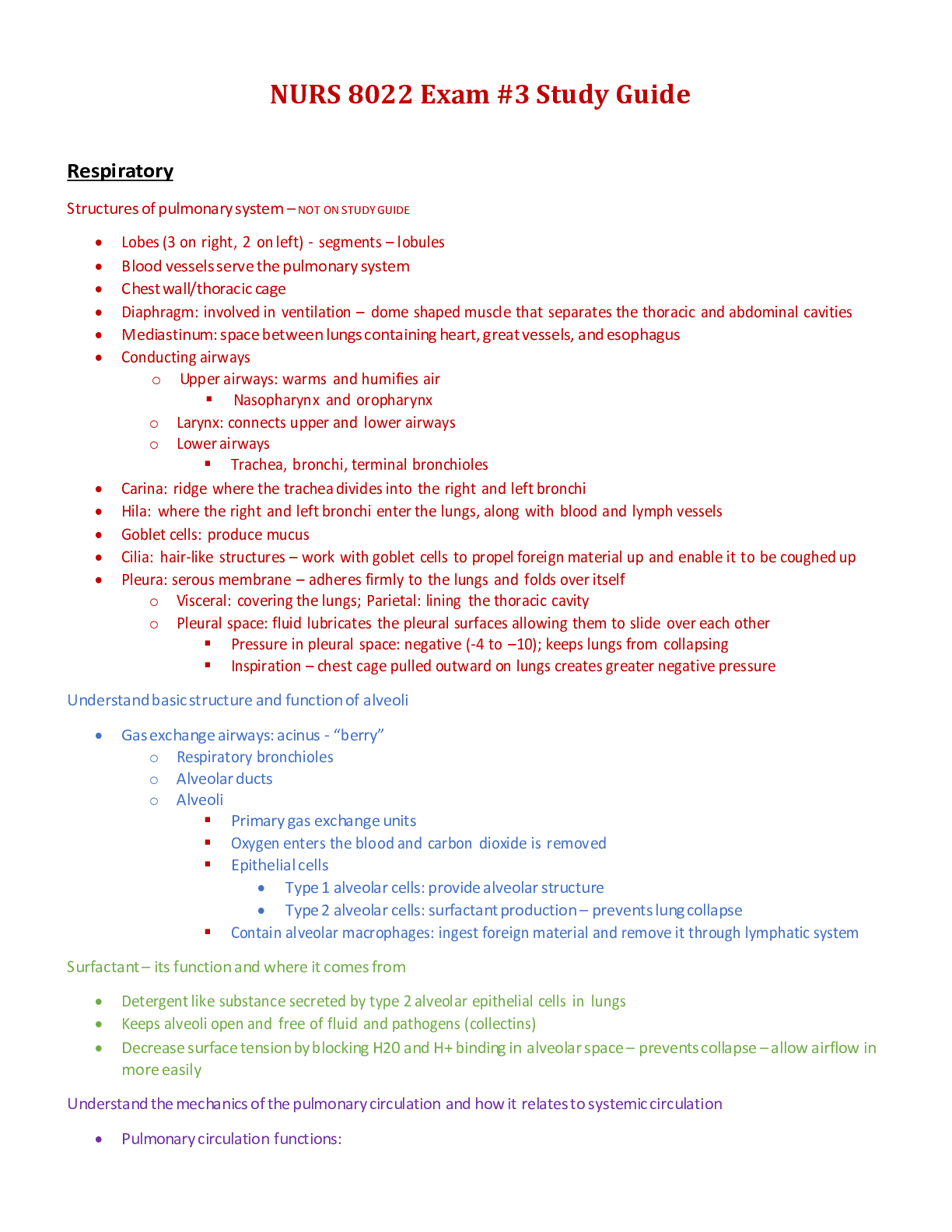

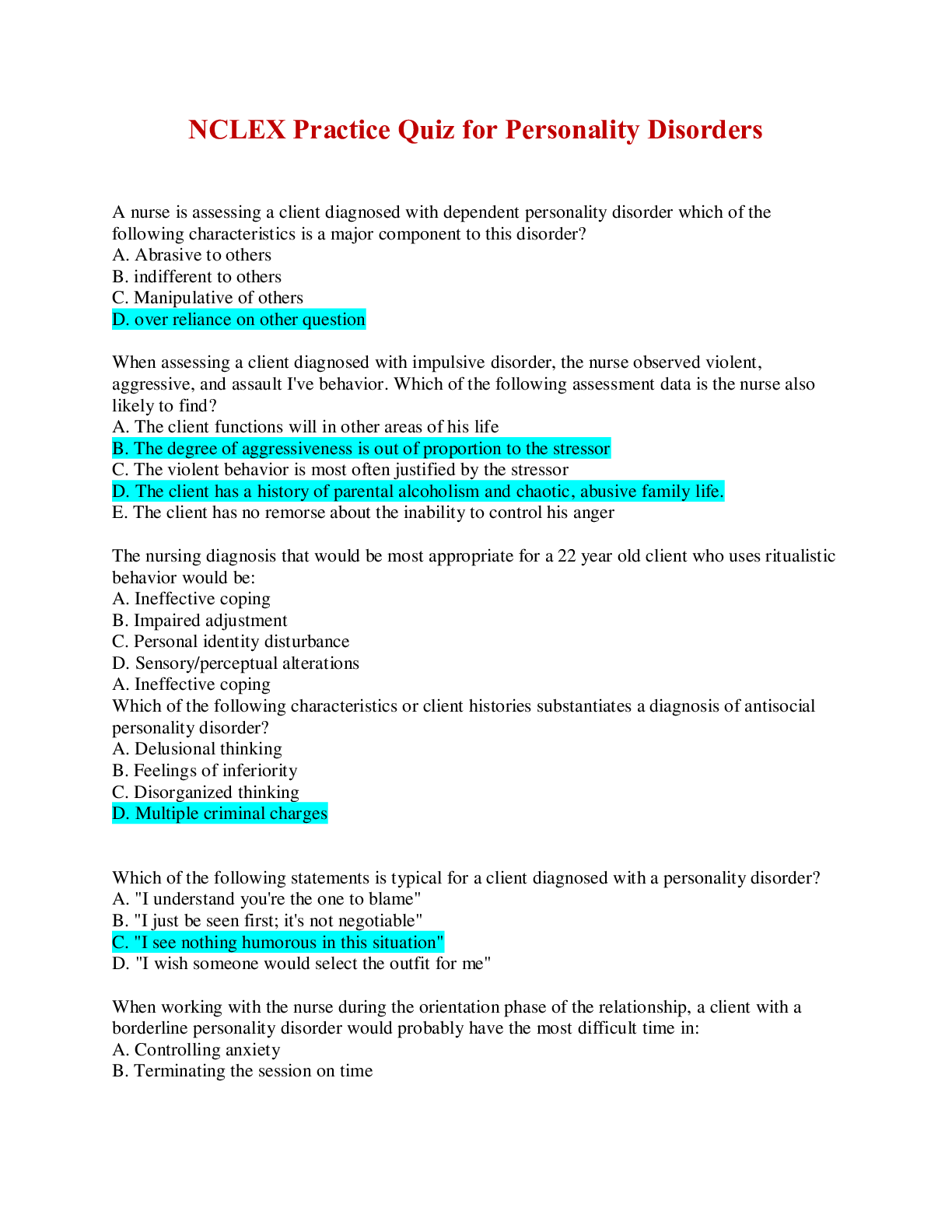



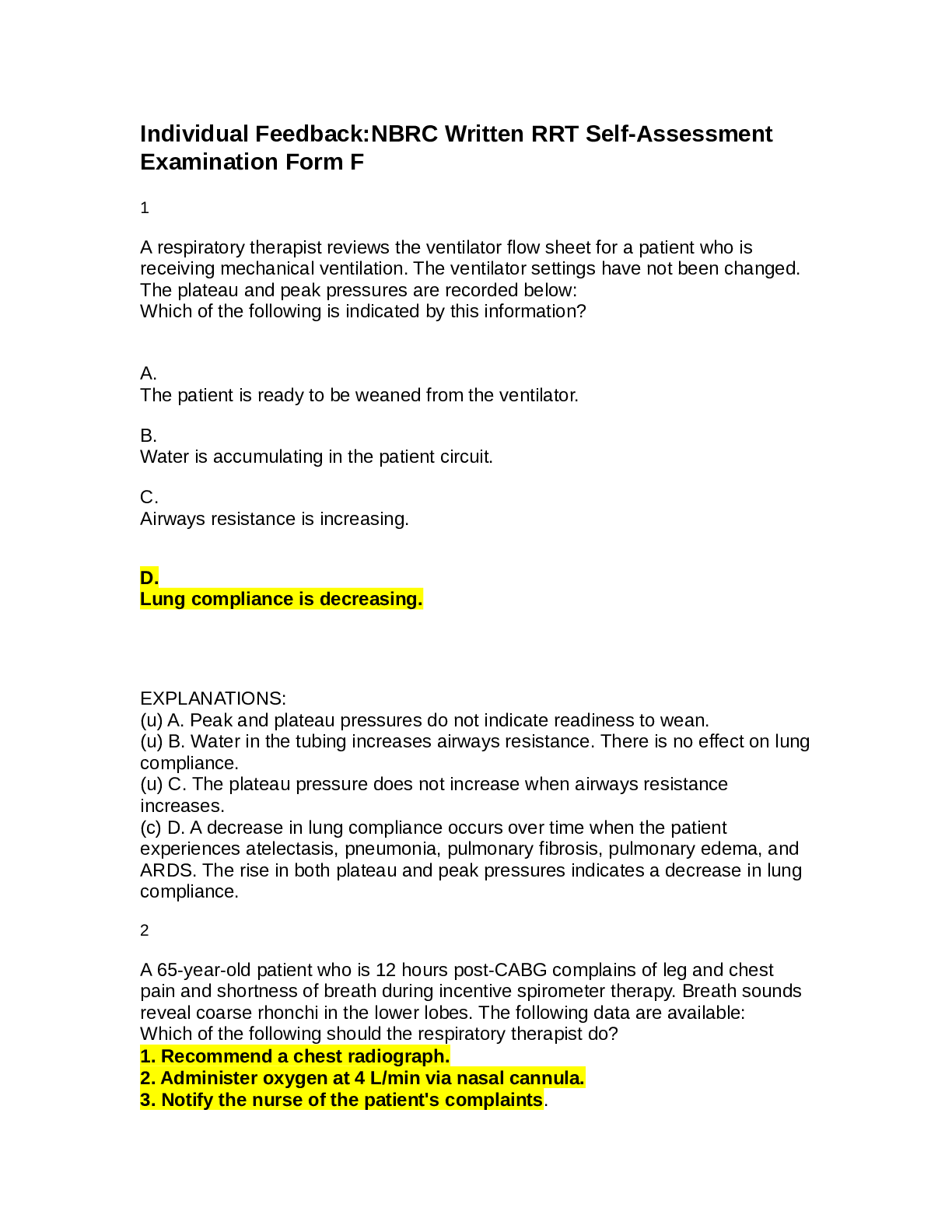
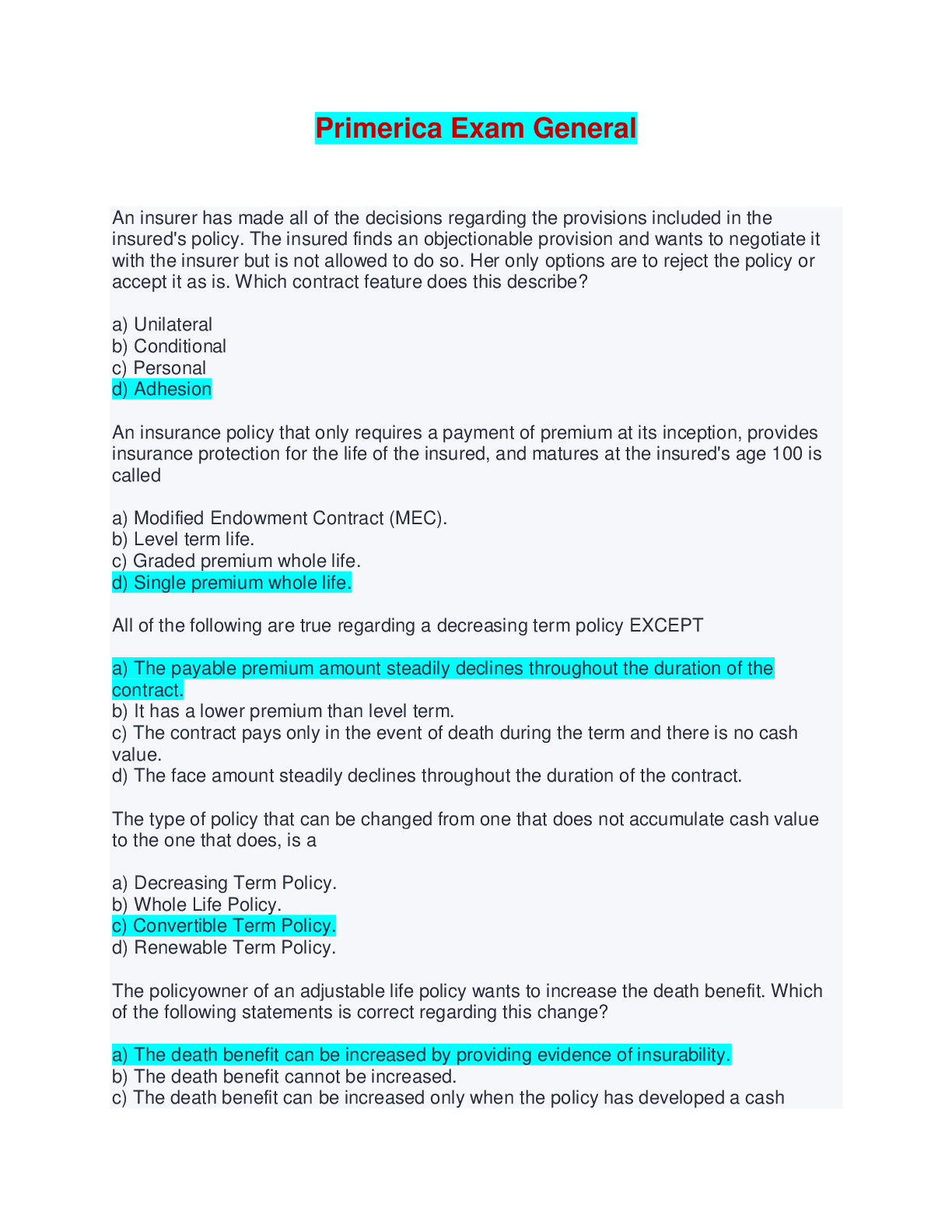

.png)
